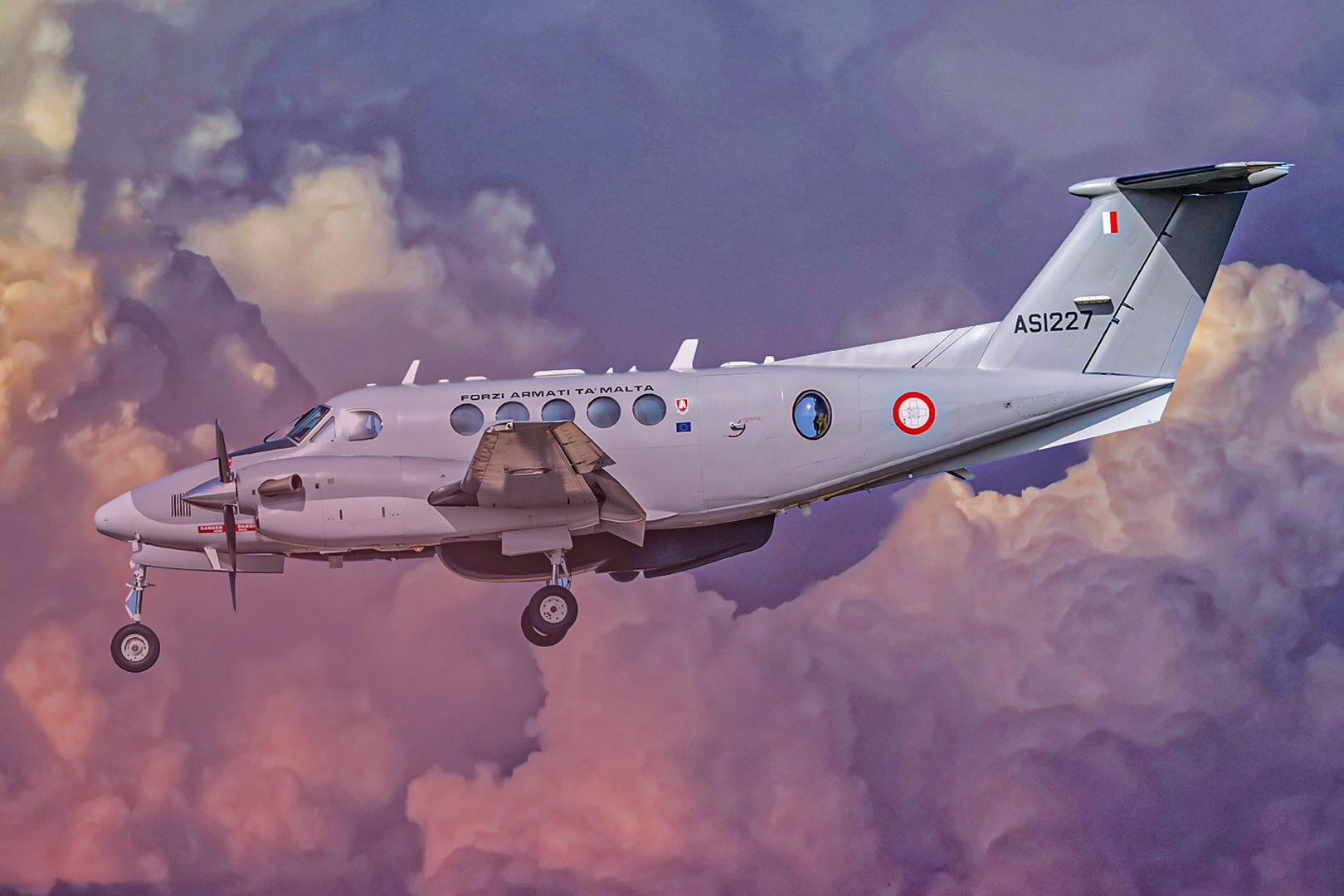Beechcraft is considered to be one of the Big Three of General Aviation, along with Cessna and Piper, although Beechcraft and Cessna are currently owned by the same parent company, Textron Aviation. The Wichita, Kansas-based company was founded in 1932 by Walter Beech, his wife, Olive Ann Beech, and the famous aircraft designer, Ted A. Wells.
Since then, the company has developed some of the most prominent general aviation aircraft in the world. This includes the following aircraft: The Beechcraft Bonanza series The Beechcraft Baron The Beechcraft Duke The Beechcraft Premier The Beechjet However, Beechcraft may be most known for its design, development, and production of one of the most famous turboprop twin-engine aircraft of all time, the Beechcraft King Air. This utility vehicle, along with the Super King Air series , is used for cargo operations, passenger transport, business transport, and private use.

However, the aircraft is also utilized by several militaries and governments around the world for various operations . Let's take a closer look at the King Air series, which focuses on the King Air 90 and King Air 100 series. Let's also take a closer look at what the military variant is specifically used for.
The Sedgwick County Sheriff's Office operates the King Air Used by global militaries Several countries took advantage of the King Air Model 90 and the King Air Model 100 for various roles in their military or government. The Japan Maritime Self-Defense Force (JMSDF) has historically been one of the biggest operators of the King Air series. The JMSDF has been operating a variant of cargo King Air 90s since the early 1970s.
The majority of the JMSDF King Air fleet are used by the 202nd Naval Air Training Squadron as trainer aircraft. The JMSDF also has a King Air variant used for regular cargo transport and another single King Air variant is used for conducting photographic aerial surveys. The JMSDF is also leasing several cargo training variants to the Philippines.
The Philippine military will utilize these King Airs for conducting maritime patrols. The United States military and government have also been large users of King Air military variants. The most common version is utilized by the US Army, and it is designated as the U-21 Ute.
The US Army utilized the U-21 Ute for a wide variety of operations. This includes: Troop and command transport Medical evacuation Reconnaissance Cargo transport Another US military variant of the King Air 90 was designated the T-44 Pegasus. This was primarily used as a trainer to help pilots adjust to flying multi-engine aircraft.
The US Navy, the US Marine Corps, the US Coast Guard, and the US Air Force all operated this aircraft at some point. Finally, the US Air Force operated a King Air 90 variant designated as the VC-6A. This aircraft was used as an executive transport, specifically for President Lyndon Johnson during his presidency.
The aircraft used the callsign Air Force One when it flew with the President, and it was specifically used to fly President Johnson between Bergstrom Air Force Base and the Johnson family ranch. Several other militaries utilized a King Air military variant, including the following countries: Algerian Air Force Canadian Forces Air Command French Air and Space Force Indonesian Air Force Royal Moroccan Air Force Peruvian Air Force Spanish Air Force Royal Flying Doctor Service Venezuelan National Guard Air Detachment About the Beechcraft King Air Beechcraft first conceptualized the King Air in the early 1960s. Early development of this aircraft would require a new type of class in the general aviation industry, which was a larger utility aircraft with twin-engine turboprop engines.
It was used as a utility aircraft, which meant it was versatile, and had a high maximum takeoff weight (MTOW) that eventually required the Federal Aviation Administration (FAA) to revise its classification for Part 23 aircraft. The Model 90 King Air was the first of the kind - Beechcraft took a Queen Air and added much more powerful Pratt & Whitney Canada turboprop engines. The first prototype conducted its maiden flight in May 1964.
The US military were immediately interested in the unique aircraft, and Beechcraft began delivering military variants in 1964. Civil and business deliveries also began shortly after. The Model 100 was introduced in the late 1960s, which included a longer fuselage and a larger MTOW.
It flew for the first time in March 1969, and deliveries of the Model 100 series began later that year. Eventually, Beechcraft created larger variants of the King Air, which were later designated the Super King Airs, and eventually replaced the King Air series. However, Beechcraft produced the King Air series from 1964 through 2021.
Over 3,000 aircraft were produced, which successfully outsold every other turboprop aircraft of the era. Performance specifications of the King Air Overall, the King Air 90 and King Air 100 have the following performance specifications: Specification Model 90 Model 100 Maximum capacity Seven passengers 13 passengers Length 35 feet six inches 39 feet eleven inches Height 14 feet three inches 15 feet five inches Wingspan 50 feet three inches 45 feet eleven inches MTOW 10,100 pounds 11,800 pounds Cruise speed 226 knots (260 miles per hour) 237 knots (273 miles per hour) Range 1,321 nautical miles (1,520 miles) 1,325 nautical miles (1,525 miles) Service ceiling 30,000 feet 25,000 feet The King Air series famously utilized Pratt & Whitney Canada PT6 turbofan engines, which provided up to 715 horsepower depending on the variant. Updated variants of the King Air utilized the Rockwell Collins Proline 21 avionics suite.
Overall, many early King Airs are still in service today, mostly being used for extended cargo transport..



















